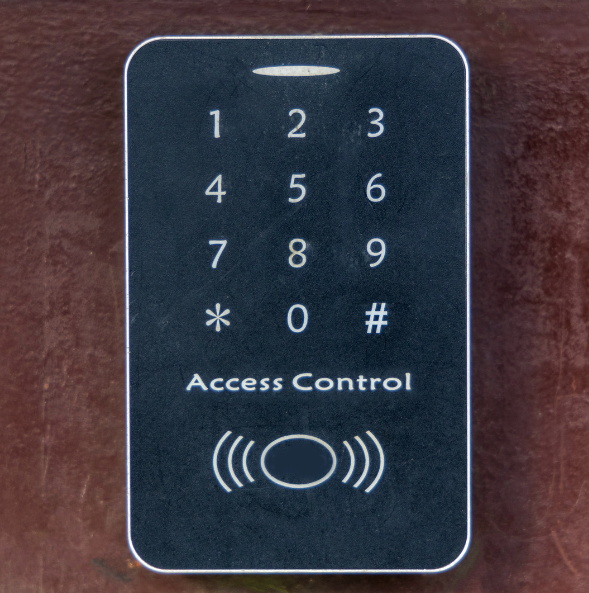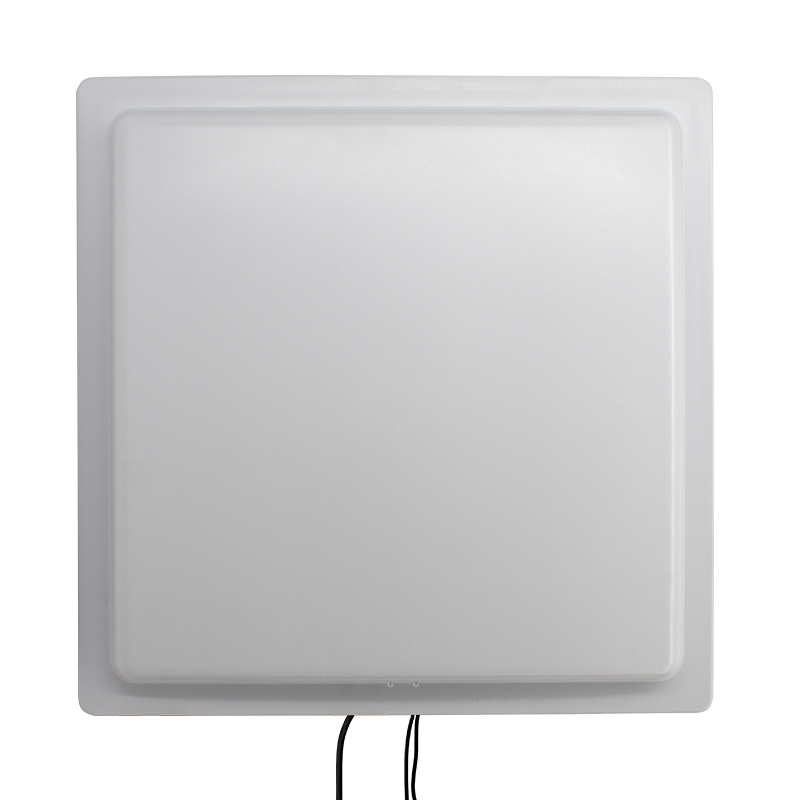
Cost-Effective Deployment of RFID Systems for SMEs
Table of Contents
Summary
For small and medium-sized enterprises (SMEs), deploying RFID technology in a cost-effective manner involves strategic planning and smart resource management. This article outlines how SMEs can deploy RFID systems efficiently while keeping costs in check.

Understanding RFID Systems
An RFID (Radio Frequency Identification) system is an automatic data collection technology that uses radio waves to identify and track objects. The system comprises four main components:
- RFID Tags: Store data that needs to be identified.
- RFID Readers: Emit radio waves to read data from RFID tags.
- Antennas: Facilitate the transmission of radio waves to and from the RFID tags.
- Data Software: Processes and manages the information collected by the RFID readers.
The interaction between these components enables seamless data collection and management, crucial for optimizing various business operations.
Types of RFID Systems
RFID systems can be categorized based on their components and functionalities. Understanding these types helps in selecting the most suitable system for your needs.
Fixed RFID Readers
Fixed RFID readers are installed at specific locations to monitor RFID tags passing by. They are ideal for applications requiring stable and high-frequency reading, such as warehouse management and production line tracking. Their advantages include high read rates and long-term reliability.

Handheld RFID Readers
Handheld RFID readers are portable devices used for flexible operations like inventory management and asset tracking. Their portability and real-time data transmission capabilities make them indispensable for fieldwork and dynamic environments.
All-in-One RFID Readers
All-in-one RFID readers integrate both the reader and antenna into a single device. They are compact and suitable for applications with limited installation space, such as library systems and small-scale logistics.
Door-Type RFID Readers
Door-type RFID readers are installed in door frames or passageways to monitor large volumes of items. They are highly effective in warehouse entry/exit management and retail anti-theft systems, offering wide area coverage and simultaneous tag reading.
Key Considerations for Choosing a Cost-Effective RFID System
Selecting the right RFID system involves careful consideration of several factors:
Choosing the Right Hardware
Tag Frequency: RFID tags come in different frequencies—Low Frequency (LF), High Frequency (HF), and Ultra-High Frequency (UHF). The choice depends on your specific application:
- LF Tags: Suitable for close-range applications with less environmental interference.
- HF Tags: Ideal for medium-range applications with moderate speed requirements.
- UHF Tags: Best for long-distance and high-speed data collection.
Reader Compatibility: Ensure that the RFID reader matches the operating frequency of the tags. Consider scalability for future expansion to avoid future equipment replacement.
Additional Antennas: Additional antennas might be required to enhance reading distance and performance. Evaluate your current needs to avoid unnecessary costs.
Backend Data Software
Integrating RFID systems with existing software such as ERP (Enterprise Resource Planning) or CRM (Customer Relationship Management) systems can reduce software procurement costs. Consider open-source RFID management software for additional savings and customization options.

Optimizing System Deployment
Phased Implementation: Start by deploying RFID systems in critical business areas to gauge effectiveness. Gradually expand to other areas once the system proves beneficial.
Customization and Simplification: Streamline functional modules and system configurations to reduce complexity and costs. Focus on core requirements and avoid unnecessary features.
Utilize Existing Infrastructure: Leverage your current IT infrastructure to integrate the RFID system. This approach minimizes redundant investments and maximizes ROI.
Maximizing ROI from RFID Systems
To ensure that your RFID system delivers maximum benefits, consider the following strategies:
Employee Training and Process Optimization
Comprehensive training ensures employees can effectively operate the RFID system. Optimizing business processes to align with the RFID system will further enhance efficiency and reduce errors.
Data Management and Analysis
Utilize data management and analysis tools to extract valuable insights from the RFID data. Improved data analysis can lead to better inventory management, enhanced customer service, and informed decision-making.
Conclusion
Deploying RFID systems efficiently and cost-effectively requires careful planning and strategic execution. By choosing the right hardware, integrating with existing systems, and optimizing deployment, SMEs can achieve significant improvements in operational efficiency and business processes. As an experienced RFID solutions provider, we are committed to offering tailored, cost-effective RFID system integration solutions to meet your unique needs.
Comments
Hot Products

What Is RFID Waste Management
Imagine a city where every trash bin speaks — not literally — but through a tiny chip that tells the system when it’s full, when it’s emptied, and where it went. That’s what RFID waste management is doing today.

What are Bolt Seals and their Applications? | Complete Guide
In global trade and logistics, bolt seals play a crucial role in ensuring cargo security and compliance. These small but powerful devices are designed to lock shipping containers, trailers, and cargo doors with a tamper-evident mechanism.

What is an RFID Card Protector? Benefits, Use Cases, and Buying Guide
RFID technology (Radio Frequency Identification) is everywhere: in your credit cards, ID badges, transit passes, hotel room keys, and more. It offers speed and convenience, but it also opens the door to a new kind of digital theft called “skimming.” That’s where an RFID card protector comes in.

RFID Wristbands for Events: Bulk Buying Guide for Organizers
RFID wristbands for events are becoming the go-to solution for organizers who need faster entry, fraud prevention, and cashless payments at concerts, festivals, and sports venues. Unlike paper tickets or QR codes, these smart wristbands use embedded chips to streamline access, secure transactions, and improve the guest experience.

How RFID Tag on Windscreen Improves Vehicle Access Control and Toll Systems
In today’s fast-paced world, vehicle identification needs to be quick, secure, and contactless. An RFID Tag on the Windscreen provides exactly that — a reliable way to manage toll collection, parking, and gated access without stopping vehicles.

The Benefits of RFID Linen Tags in Commercial Laundry
Managing laundry in hospitals, hotels, or large laundry services is a big job. Each day, thousands of sheets, towels, and uniforms are washed, sorted, and sent back out. But problems like lost linens, sorting mistakes, and manual counting can cost companies a lot of money. For example, mid-sized hotels can lose over $200,000 each year from missing linens.
That’s where RFID Linen Tags come in.
Tags
RELATED BLOGS

What Is RFID Waste Management
Imagine a city where every trash bin speaks — not literally — but through a tiny chip that tells the system when it’s full, when it’s emptied, and where it went. That’s what RFID waste management is doing today.

What are Bolt Seals and their Applications? | Complete Guide
In global trade and logistics, bolt seals play a crucial role in ensuring cargo security and compliance. These small but powerful devices are designed to lock shipping containers, trailers, and cargo doors with a tamper-evident mechanism.

What is an RFID Card Protector? Benefits, Use Cases, and Buying Guide
RFID technology (Radio Frequency Identification) is everywhere: in your credit cards, ID badges, transit passes, hotel room keys, and more. It offers speed and convenience, but it also opens the door to a new kind of digital theft called “skimming.” That’s where an RFID card protector comes in.




